
Electric Scooter Components: A Complete Guide to Every Part
Electric scooters are powered by a smart combination of electric scooter components that work together to deliver speed, balance, and safety. Understanding these electric scooter components helps you maintain performance, make upgrades, and solve issues with confidence.
In this complete guide, we’ll explore every key electric scooter component — from the battery and motor to the brakes, tires, and controller — explaining how each electric scooter component affects your ride. Whether you’re new to e-scooters or looking to boost performance, this guide will help you get the most from your scooter’s core electric scooter components.
Main Electric Scooter Components Explained
Every electric scooter is built from a set of key electric scooter components that work together to provide power, control, and safety. Understanding these electric scooter components helps riders maintain performance, extend battery life, and enjoy a smoother ride. Let’s break down each electric scooter component and its function.
Battery (The Power Source)
The battery is the heart of your electric scooter’s energy system. It stores the power needed to drive the motor and other electronic features.
Types
Most modern e-scooters use lithium-ion batteries, known for their long life, quick charging, and lightweight design. Older or budget models may still use lead-acid batteries, which are heavier and offer shorter ranges.
Capacity and Range
Battery capacity, measured in watt-hours (Wh), directly affects your e-scooter’s range. A higher Wh rating means you can travel farther on a single charge.
-
Avoid fully draining the battery.
-
Store your e-scooter in a cool, dry place.
-
Charge regularly to maintain cell health.
Motor (The Heart of the Scooter)
The motor converts electrical energy into motion, determining how fast and how smoothly your e-scooter accelerates.
Types:
-
Hub motors are built directly into the wheel, offering quiet operation and low maintenance.
-
Chain or belt-driven motors provide more torque but require more upkeep.
Power Ratings
Motors typically range from 250W to over 1000W. Higher wattage means more power and better performance on hills or rough terrain.
Signs of Motor Issues
Reduced speed, unusual noises, or inconsistent acceleration often indicate a motor problem that needs inspection.
Controller (The Brain)
The controller manages the flow of power between the battery, motor, and throttle. It determines how the scooter responds when you accelerate or brake.
Common Issues
A faulty controller can cause jerky acceleration, sudden stops, or power loss. Resetting or replacing it often solves performance issues.
Braking System
A reliable braking system is essential for rider safety and control.
Types:
-
Mechanical disc brakes: Durable and effective in most conditions.
-
Hydraulic disc brakes: Offer smoother, more responsive stopping.
-
Electronic brakes: Provide regenerative braking to recharge the battery slightly.
When to Replace
If you notice longer stopping distances, squeaking, or a loose brake lever, it’s time to service or replace your electric scooter components.
Tires and Wheels
Your e-scooter’s tires affect comfort, traction, and stability.
Solid vs Pneumatic Tires:
-
Solid tires are puncture-proof but provide less shock absorption.
-
Pneumatic (air-filled) tires offer a smoother ride, especially on uneven roads.
Tire Size
Larger tires improve balance and handle rough terrain better, while smaller ones are ideal for lightweight urban scooters.
Suspension and Frame
The suspension absorbs shocks and vibrations from the road, ensuring a smoother ride. Front or dual suspension systems make a big difference in comfort.
The frame provides structural stability and is usually made of aluminum, steel, or carbon fiber. Aluminum offers the best balance of weight and strength for everyday riders.
Handlebar, Display, and Throttle
The handlebar houses the controls and display, allowing you to monitor speed, battery life, and riding mode.
Throttles:
-
Thumb throttle: Easy to control and common on commuter scooters.
-
Twist throttle: Feels more like a motorcycle grip.
-
Trigger throttle: Offers quick acceleration for sporty models.
A clear display helps riders track performance and adjust modes on the go.
Lights and Safety Features
Visibility is vital for safe riding. Modern electric scooters feature front and rear LED lights, reflectors, and even turn signals for improved night visibility.
Some premium models include app-controlled features, such as adjustable lighting and automatic brake lights, adding convenience and safety to every ride.
Common Electric Scooter Replacement Parts
Like any vehicle, electric scooters experience natural wear and tear over time. Knowing which electric scooter components need regular attention or replacement can help maintain performance, safety, and longevity. Below are the most common electric scooter replacement parts and why they matter.
Wear-and-Tear and Basic Parts
Tires:
Tires are among the most frequently replaced electric scooter parts due to constant road contact and punctures. Riders may need to replace the inner tube, the tire itself, or both. Pneumatic tires provide a smoother ride but require more maintenance, while solid tires offer better durability.
Brake pads, hydraulic brake fluid, and brake levers wear down over time and must be replaced regularly to ensure safe stopping power. Keeping your braking system in top shape is essential for rider safety and consistent performance.
Handlebars and Grips:
These parts can loosen, crack, or simply lose comfort after long use. Many riders choose to replace grips or handlebars for better control, comfort, or a fresh look.
Electrical Components
Batteries:
The battery is often the most expensive replacement part on an e-scooter. Most lithium-ion batteries last about 2–3 years or 300–500 charge cycles before capacity begins to fade. Replacing the battery restores range and performance.
Motor:
After extensive use, the electric motor may lose efficiency or stop working. Replacing it can revive your scooter’s acceleration and climbing power.
Controller:
The controller, often called the scooter’s “brain,” manages power delivery between the battery, motor, and throttle. When it fails, riders may experience power loss or irregular acceleration — requiring a full replacement.
Throttle:
A faulty throttle can cause jerky acceleration or no response at all. Replacing it restores smooth control over your speed.
The LCD display shows speed, battery level, and riding mode. Cracked or unresponsive screens are common and can be replaced easily.
Lights:
Headlights and taillights are essential for visibility and safety. Over time, bulbs or LEDs can burn out, so regular inspection and replacement are recommended.
Chargers:
Scooter chargers can fail or get misplaced. Using the correct replacement charger ensures safe and efficient battery charging.
Other Structural Parts
Forks and Headset:
These components connect the front wheel to the handlebars, providing steering control and shock absorption. Worn bearings or bent forks can impact handling and should be replaced promptly.
Deck:
The deck or the standing platform, may crack or wear with heavy use. Replacing it keeps your scooter stable and safe.
Collar Clamps:
These small but important parts secure the handlebars to the stem. If they loosen or break, replacing them is crucial for safe steering and overall stability.
How to Choose Quality Components
Selecting the right electric scooter components is essential for maintaining safety, improving performance, and extending your scooter’s lifespan. Whether you’re replacing a worn-out part or upgrading for more power and comfort, focusing on quality will make a noticeable difference.
1. Check Compatibility
Before buying new e-scooter parts, always make sure they’re compatible with your model. Even small variations in voltage, motor size, or brake design can affect performance and safety. Check your scooter’s manual or contact the manufacturer to confirm fit before purchasing.
2. Prioritize Brand Reputation
Choose components from trusted brands or certified suppliers. Reputable manufacturers use higher-quality materials and undergo safety testing — ensuring your electric scooter components perform reliably over time. Avoid generic or unverified parts that may compromise durability or efficiency.
3. Look for Warranty and Support
A solid warranty ensures confidence in your electric scooter components. Always check if the component includes a manufacturer’s warranty or after-sales support. This protects your investment and gives you peace of mind when replacing critical parts like the battery, controller, or brakes.
4. Tips for Performance Upgrades
If you’re upgrading rather than just replacing, focus on components that boost power and ride comfort.
-
Battery: Upgrade to a higher-capacity lithium-ion battery for longer range.
-
Motor: Choose a motor with higher wattage for stronger acceleration.
-
Tires and Suspension: Opt for pneumatic tires and improved suspension for smoother rides on uneven roads.
-
Controller: A high-quality controller enhances throttle response and overall efficiency.
Choosing durable, compatible, and well-reviewed electric scooter components ensures a safer, more powerful, and more enjoyable riding experience — whether you commute daily or ride for fun.
Conclusion
Every rider should understand the main electric scooter components that power performance and safety. From the motor and battery to the brakes and controller, each electric scooter component plays a crucial role in your ride. Choosing high-quality, compatible electric scooter components ensures durability, smoother handling, and long-term reliability. Keep your scooter in top condition — because great rides start with great electric scooter components.
iScooter E Scooter Collections:
Electric Scooter | Kids Electric Scooter | Electric Scooter for Adults | Electric Scooter with Seat | Off-Road Electric Scooter | Foldable Electric Scooter | Girls Electric Scooter | 1000W Electric Scooter | 2000W Electric Scooter | Boys Electric Scooter | Dual Motor Electric Scooter | Big Electric Scooter | Electric Scooter with Suspension | Lightweight Electric Scooter | Commuter E-Scooters | 3 Wheel Electric Scooter
Show more ▼iScooter E Bike Collections:
Foldable Electric Bike | Affordable Cheap Electric Bike | Electric Bike for Adults | Electric Motor Bikes | Trek Electric Bike | Fastest Electric Bike | Electric Road Bike | Full Suspension Electric Mountain Bike | Giant Electric Bike | Womens Ladies Electric Bike | Mens Electric Bike | Electric Bike with Throttle | Electric Gravel Bike | Electric Mountain Bike UK | Fat Tyre Electric Bike | Electric Hybrid Bike | Electric Motorised Bike | Electric Push Bike | 1000W Electric Bike | Cool Electric Bikes | Electric Off Road Bike | Pedal Assist Electric Bike | Good Electric Bikes | Small Electric Bike | Trek Electric Mountain Bike | 2000W Electric Bike | Full Suspension Electric Bike | Mini Electric Bike | Road Legal Electric Bike | Step Through Electric Bike
Show more ▼👍 Buying Guide | 🚴♂️ Riding Guide
📋 Feature Guide | ❓ Common problem
Product category
Electric Scooter
Cheap Electric Scooters for Adults | Fastest Electric Scooter | Kids Electric Scooter | Mini Electric Scooter
































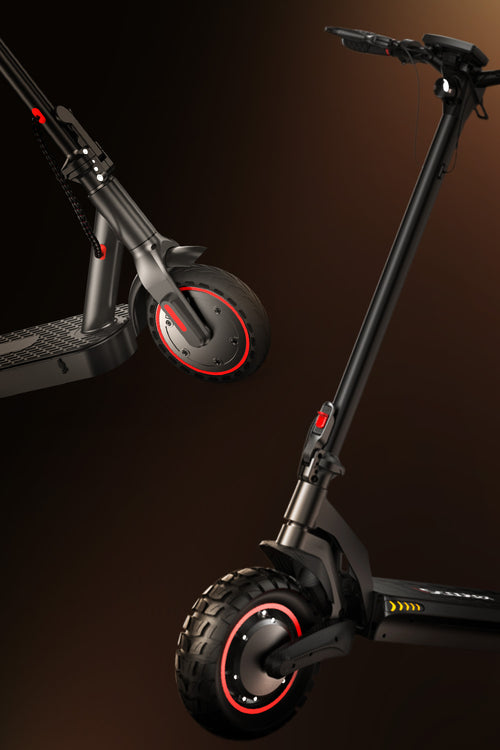
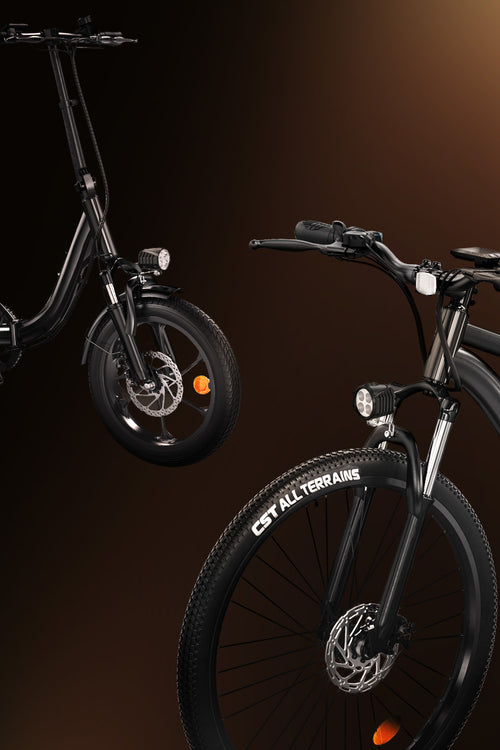














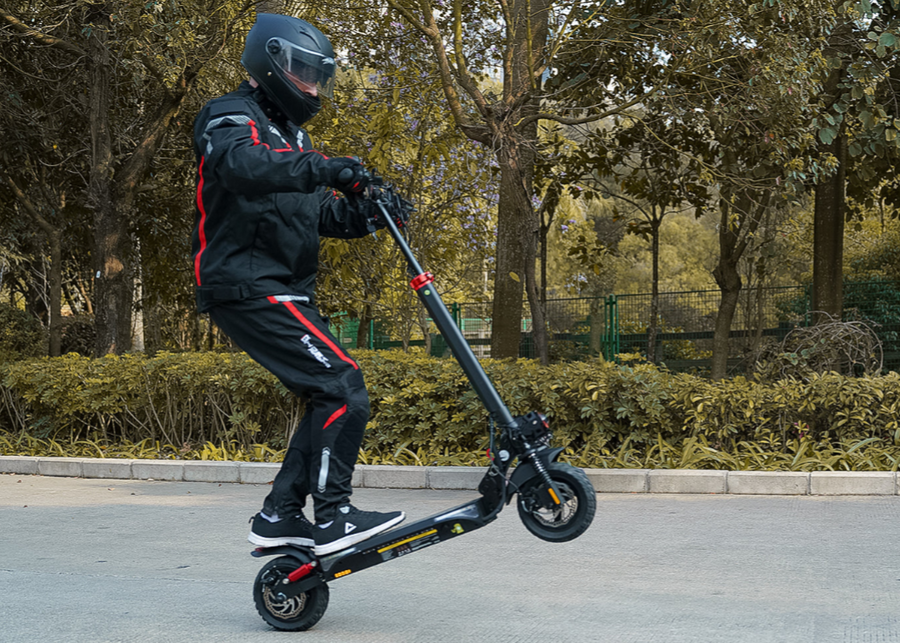

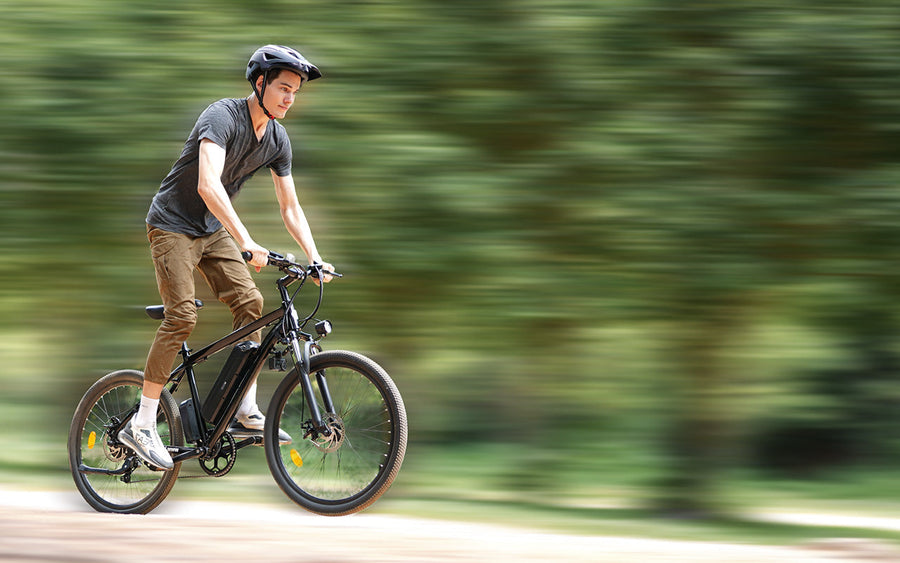

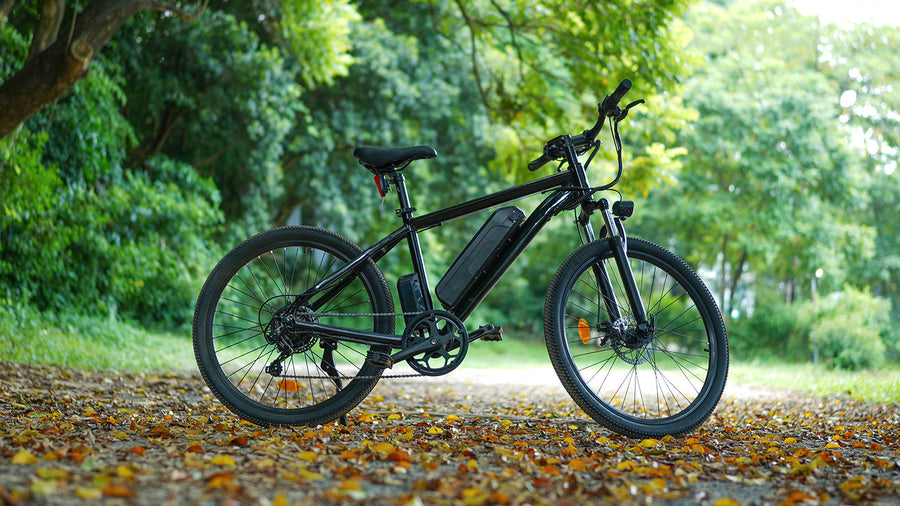
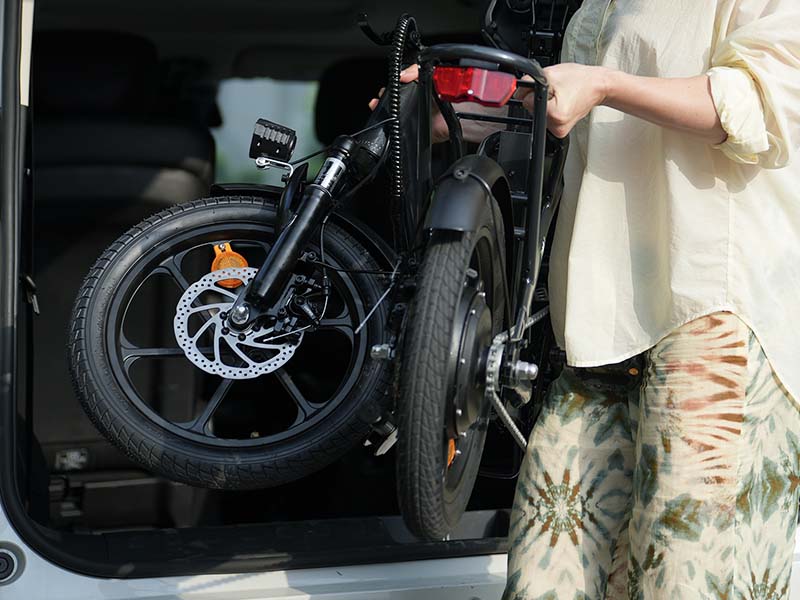
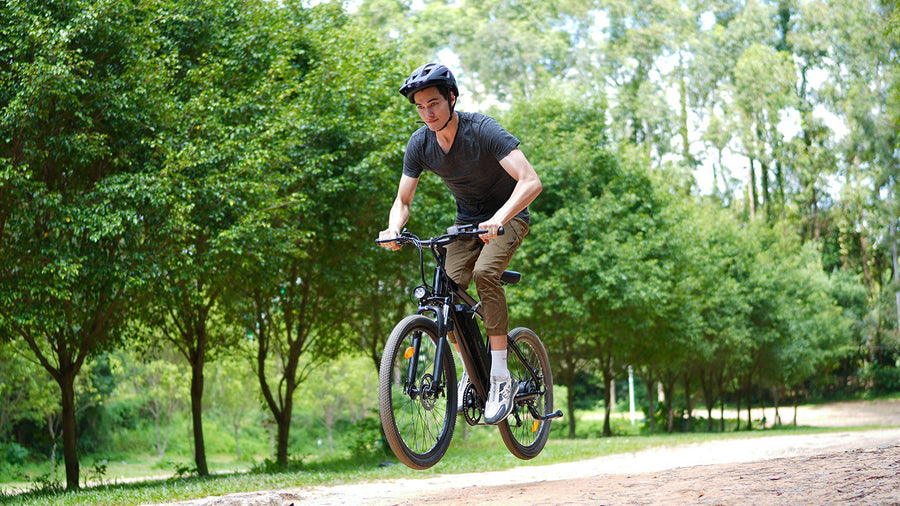









Article tags :
Leave us a message